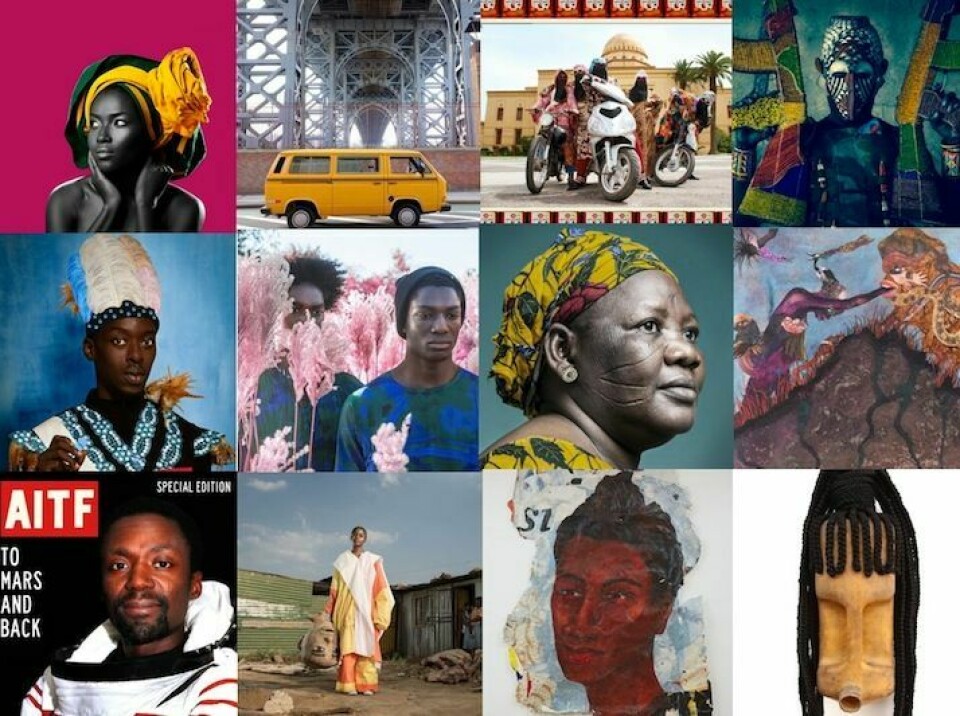MORE LIKE THIS
-
These Portraits by African Photographers Reveal the Power In Self-Presentation
-
8 Black Art Moments You Can't Miss During Art Basel Miami 2018
-
Defying Borders, Genres and Mediums: The Multimedia World of Manthe Ribane, Okzharp & Chris Saunders
-
1-54 NY 2018 Was An Exploration of Oppression, Women's Empowerment and Identity
-
Zanele Muholi Links LGBTQ Communities In South Africa & New York Through Visual Activism


